Weekly Recap: Guetzli, tornado modelling, Apple I, connected plotter and PC Building Simulator
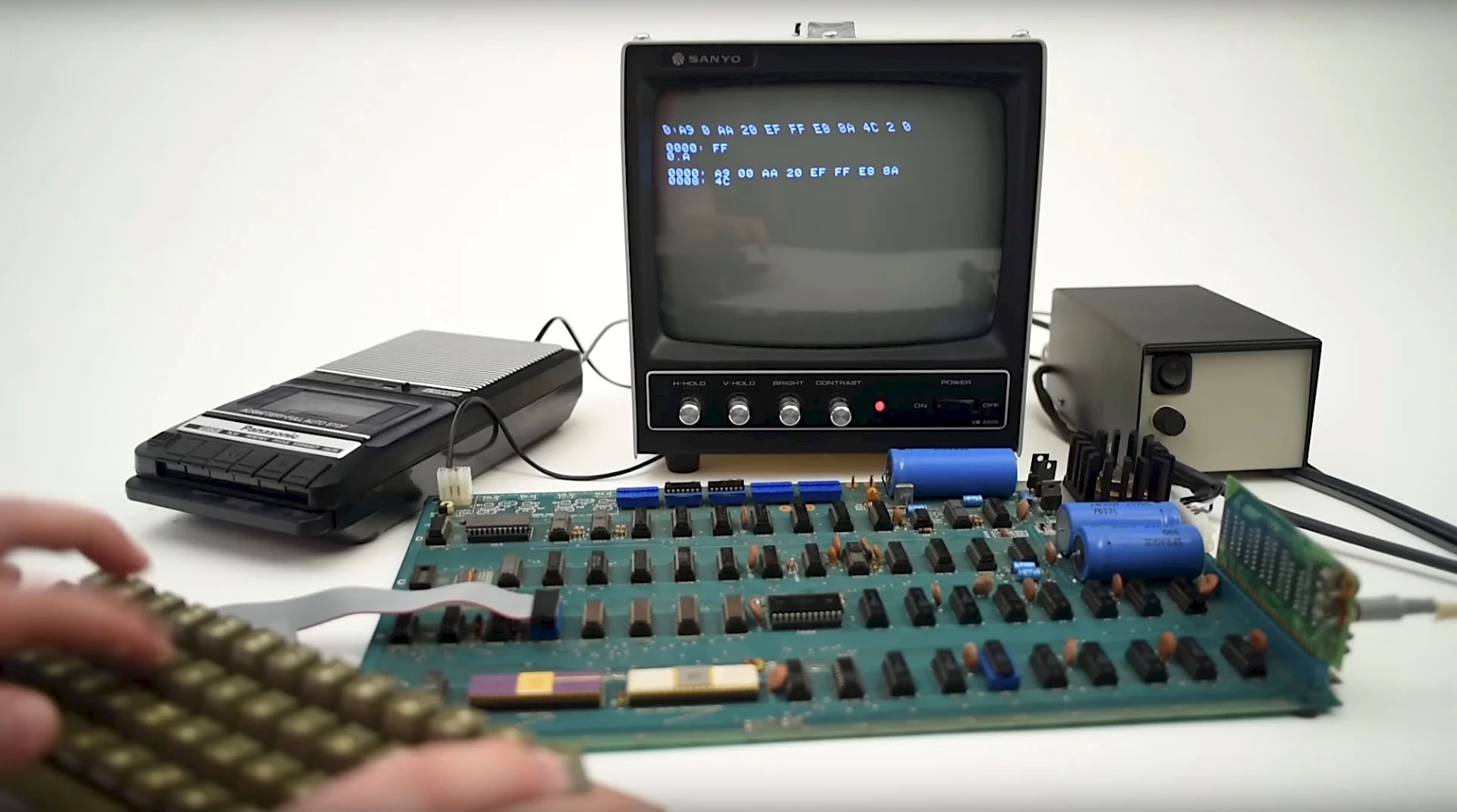
Google releases open source JPEG encoder

Uncompressed original on the left. Guetzli (on the right) shows less ringing artefacts than libjpeg (middle) without requiring a larger file size. © Google.
Google has developed and open-sourced a new JPEG algorithm that reduces file size by about 20–35% percent, while still maintaining compatibility with existing browsers, image processing applications and the JPEG standard. This new encoder is called Guetzli, which is Swiss German for cookie (the project was led by Google Research’s Zurich office). It uses a new psychovisual model—called Butteraugli—to work out which colours and details to keep, and which to throw away. Guetzli uses a large amount of memory (300MB of RAM per 1MPix of the input image) and while it creates smaller image file sizes, the tradeoff is that it takes significantly longer to create compressed images than currently available method (as libjpeg). The algorithm is designed to work on high-quality images (e.g. that haven’t been already compressed with other JPEG encoders). While it works on other images too, results will be poorer. Guetzli generates only sequential (nonprogressive) JPEGs due to faster decompression speeds they offer.
⇨ Ars Technica, “Google reduces JPEG file size by 35%.”
⇨ Google’s open source blog, “Announcing Guetzli: A New Open Source JPEG Encoder .”
Tornado modelling

Supercell model. © Leigh Orf, University of Wisconsin.
Leigh Orf, a scientist at the University of Wisconsin-Madison, is trying to unravel the phenomena that lead to the formation of tornadoes. Why do some, but not all, supercell thunderstorms turn into devastating tornadoes? To answer this question, he created a simulation on one of the world’s most powerful supercomputers, the Blue Waters at the University of Illinois. Orf modelled an especially powerful tornado that hit Oklahoma on May 24, 2011, recreating it in a tridimensional model about 120 km wide and long and 20 km high, cut up into 1.8 billion separate cubes. Within each cube, the computer simulates factors such as wind speed and direction, temperature, atmospheric pressure, humidity and precipitation like snow, hail or rain. “For the first time ever, we were able to study the internal workings of a supercell that gave rise to a tornado, and to watch the process unfold”, explained Orf.
⇨ Popular Science, “Come watch a supercomputer simulation of a devastating tornado.”
⇨ NCSA’S Advanced Visualization Laboratory, “Making of Super Tornado.”
Apple I on the auction block
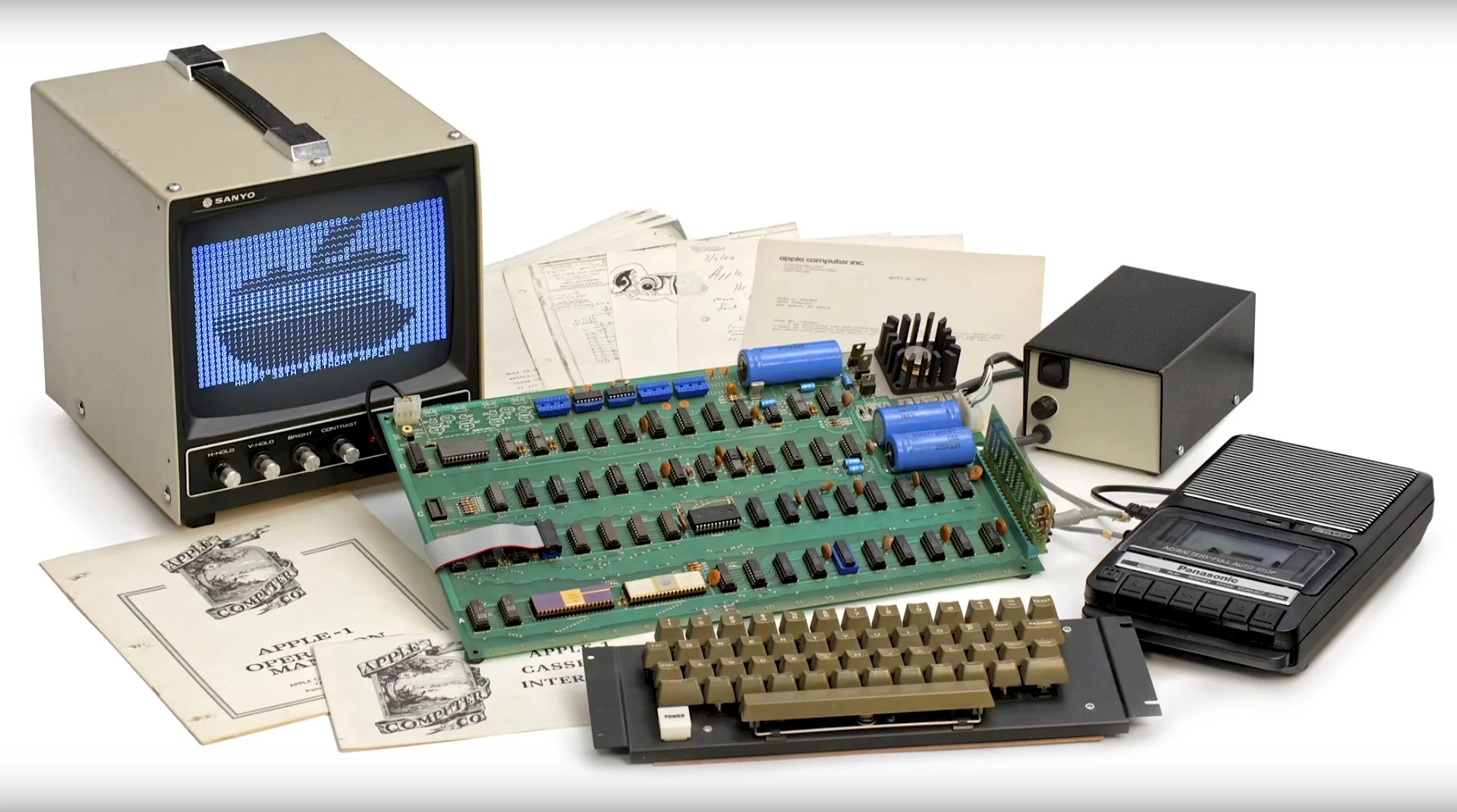
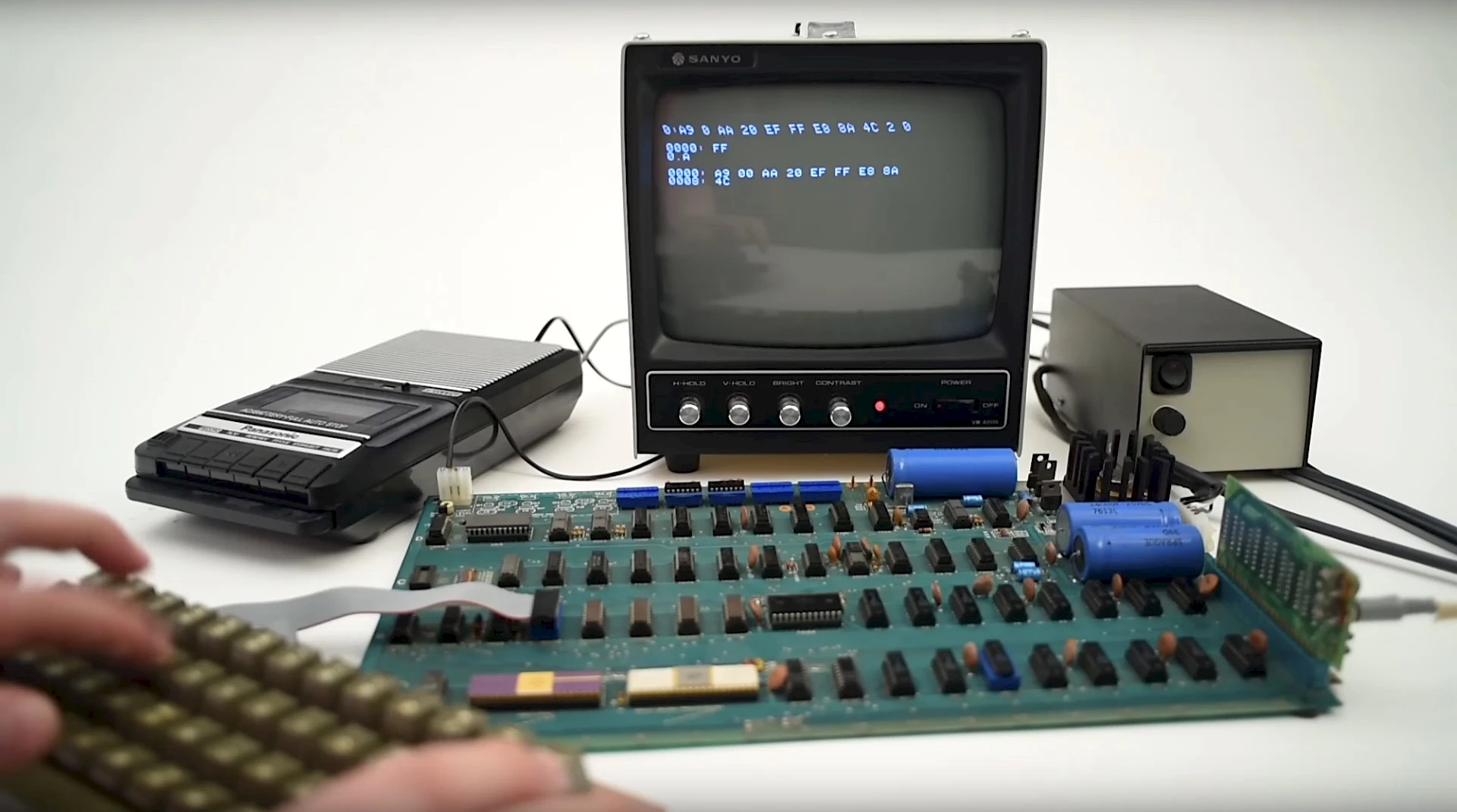
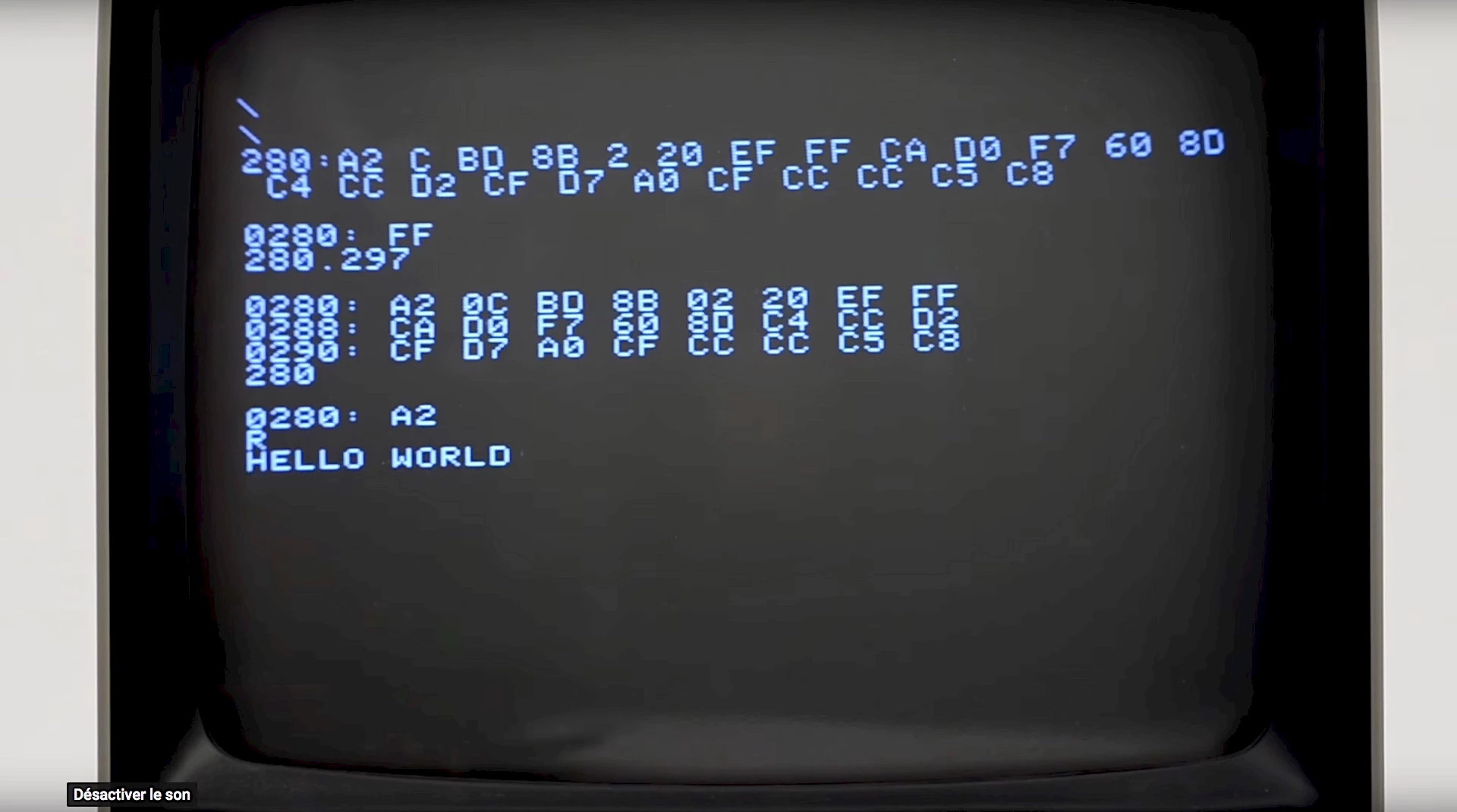
Apple I, 1976. © Auction Team Breker Köln.
One of just eight known functional Apple I computers is going to auction on May 20 in Koln, Germany. It is expected to fetch an auction price of US$190,000 to 320,000, compared to an original selling price, in 1976, of US$666.66. Pretty good return… The machine, serial number 73, comes from the private collection of an IT engineer in Berkeley who bought it in November 1976, and comes with all original documentation. Only 200 Apple I computers were ever built, and many of those were destroyed after a trade-in offer for the Apple II. Also on the auction block, other interesting historical artifacts, such as the Rasmus Malling-Hansen Writing Ball typewriter.
⇨ Ars Technica, “One of eight remaining functional Apple I computers goes up for auction in May.”
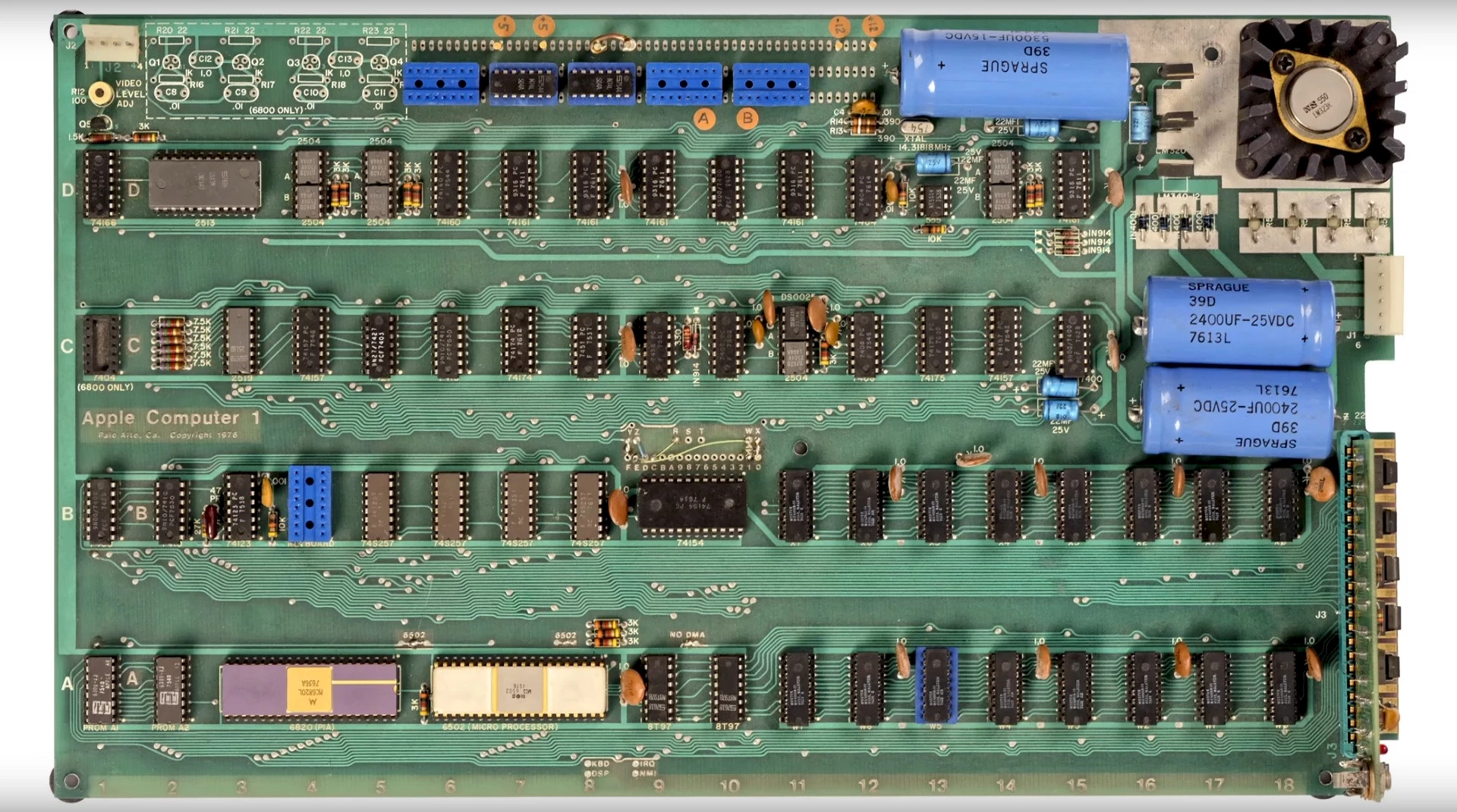
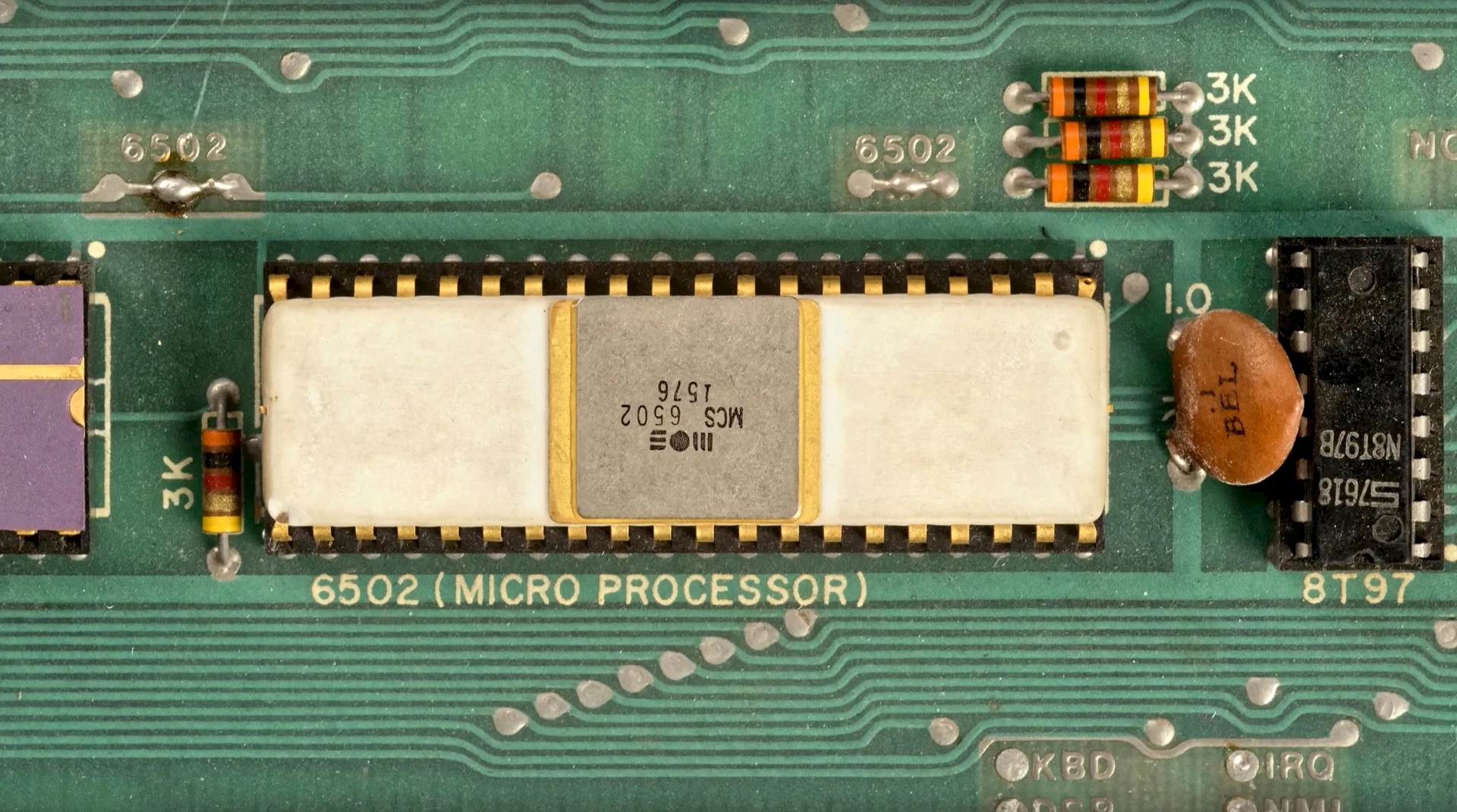
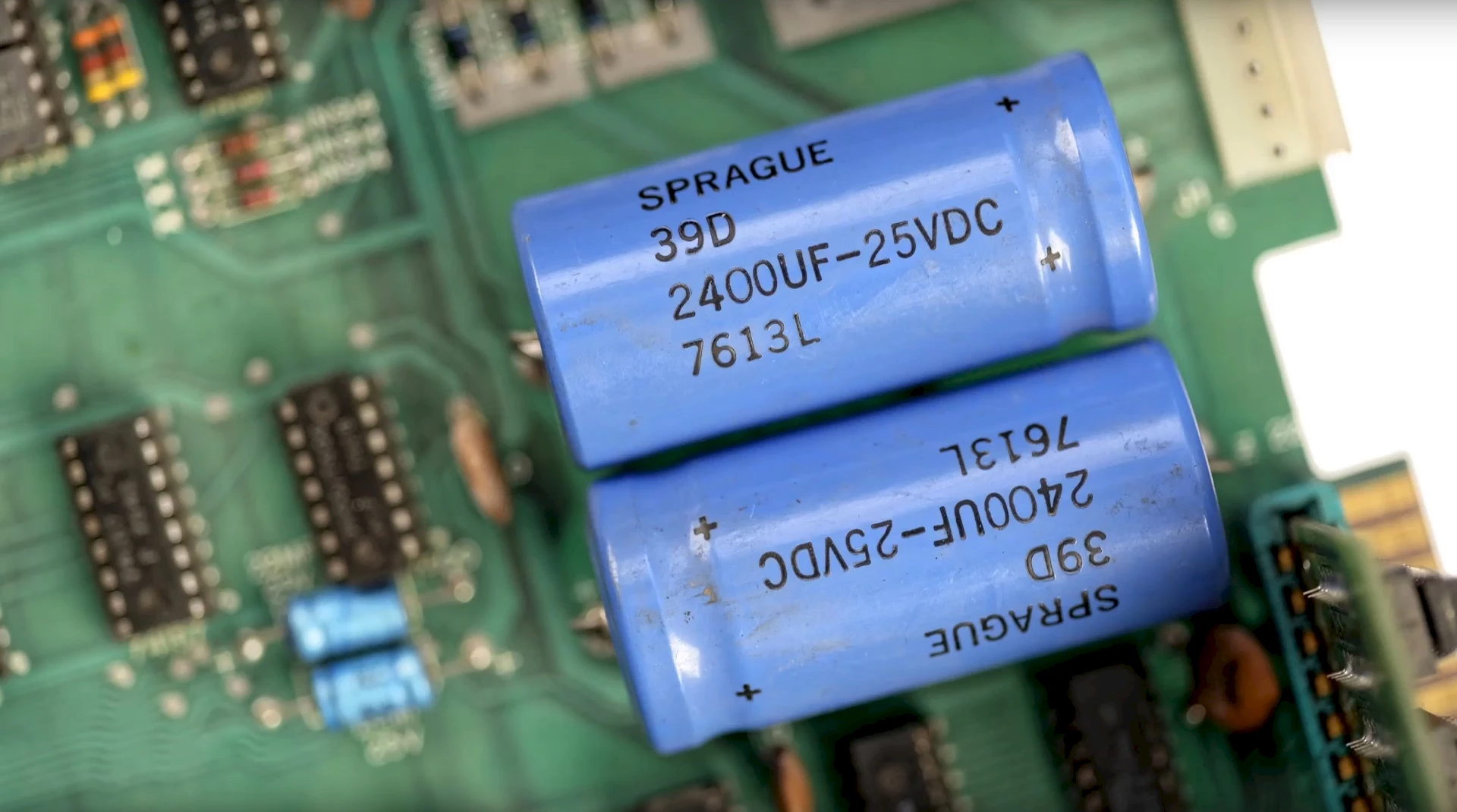
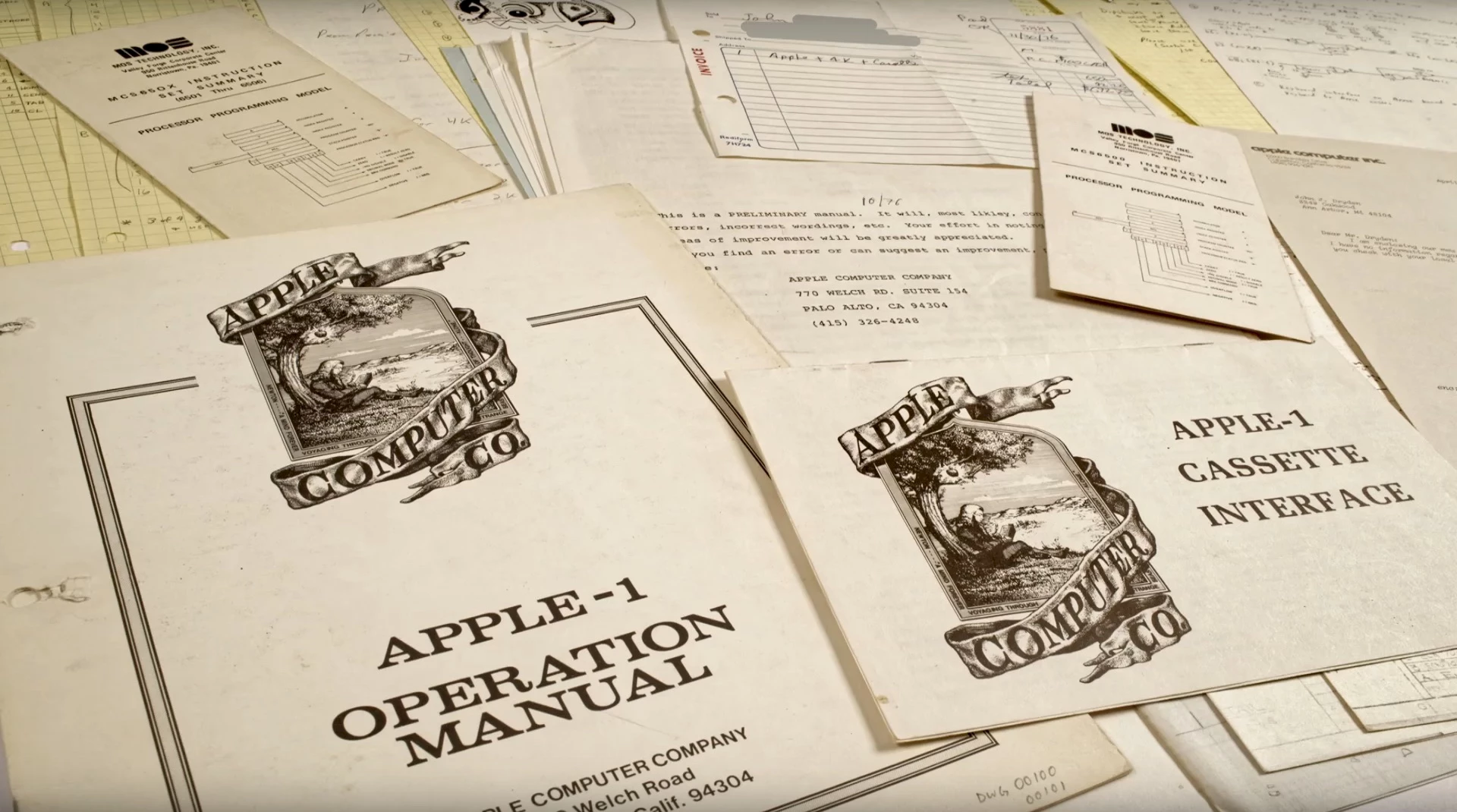
Joto, the connected plotter
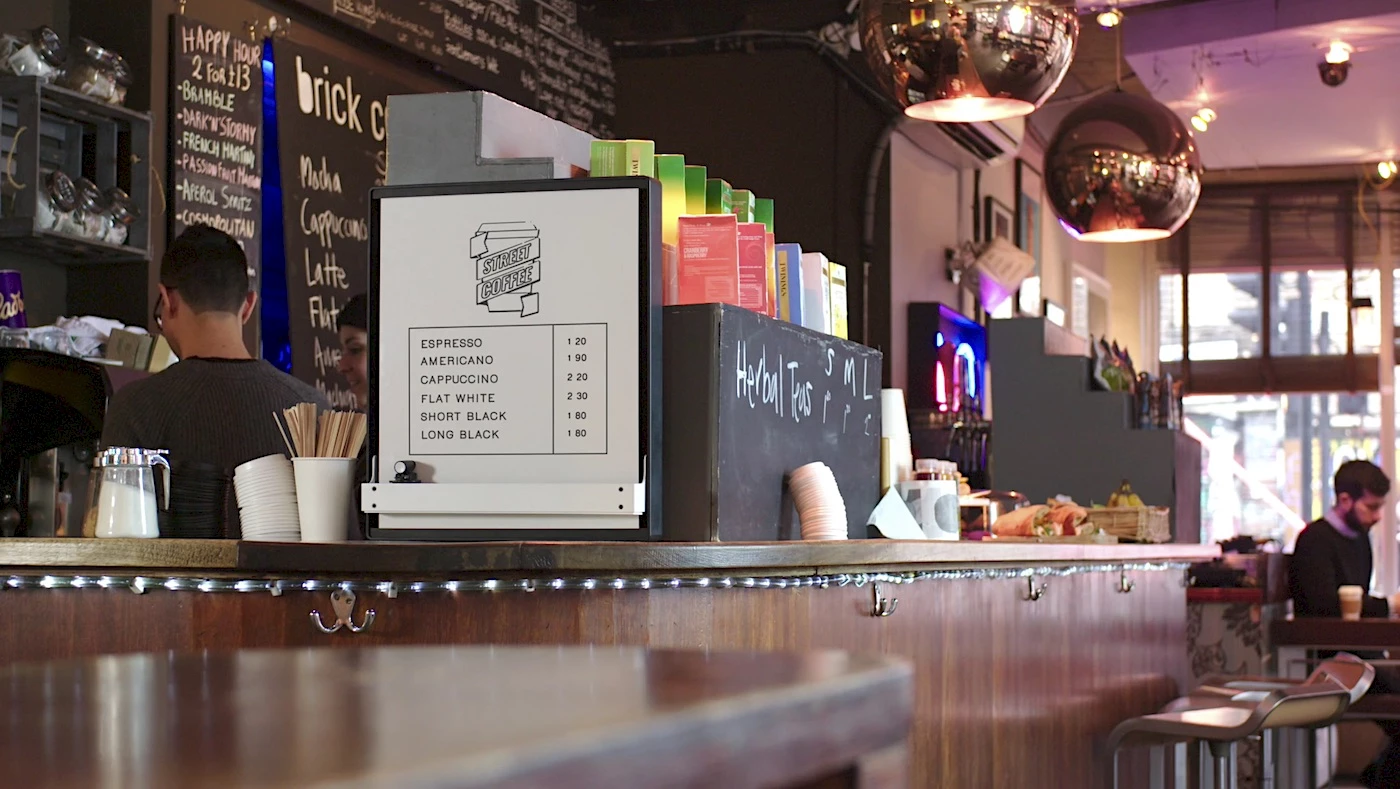
Joto whiteboard in a café. © Those.
Joto, the first connected display board that uses a pen, is a fun whiteboard reminiscent of those plotters of yore. Except that it’s designed to be vertical, i.e. hung up on the wall like a traditional board, and the drawings are ephemeral, i.e. Joto can be programmed to automatically erase. Available by pre-order on Kickstarter for US$200, with delivery in late December 2017 or early January 2018. We’re plotting to get one!
⇨ The Verge, Circuit Breaker, “Joto is a robotic whiteboard that can draw your tweets and Slack messages in real life.”
⇨ Kickstarter, “Joto - the first connected display that draws with a pen.”
PC Building Simulator
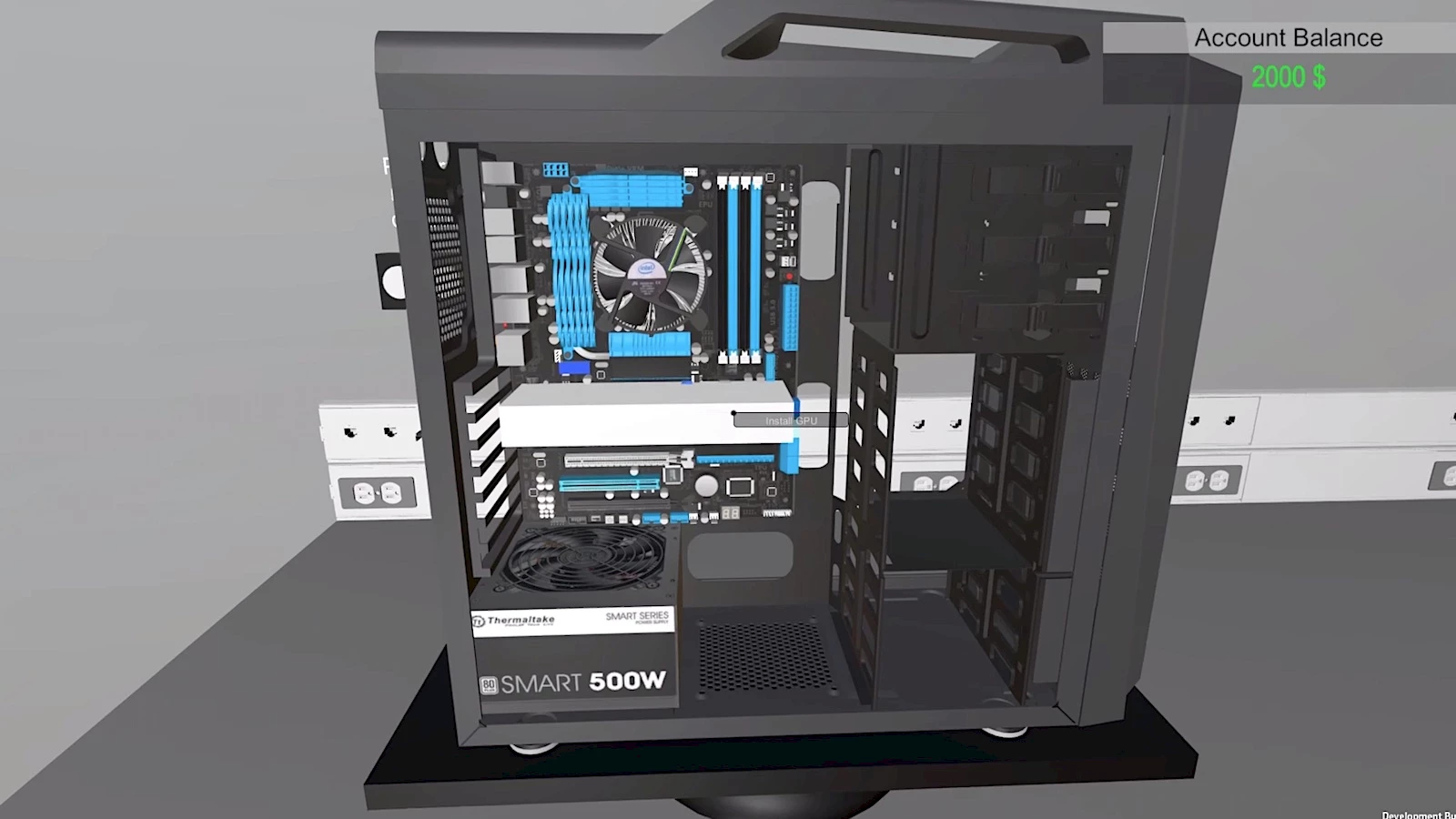
PC Building Simulator. © Claudiu, Topiclist.
You dream it, and Claudiu, a Romanian programmer, makes it! Introducing PC Building Simulator, a program that lets you virtually build the PC of your dreams without spending a penny. You start with an empty tower and a budget, and are set loose on a components library: motherboard, processor, graphics card, cable, hard drives, fans, etc. All you do is pick and click. It might not be as much fun as Goat Simulator, but it is educational and it could launch some of us on the road to assembling our own PC, which is so much more satisfying than buying off-the-shelf. The game is available in pre-alpha state on itch.io for Windows and Linux. You are encouraged to make a donation to support the programmer.
⇨ PC Gamer, “PC Building Simulator is a game about building a PC.”
⇨ Claudiu, “PC Building Simulator.”
